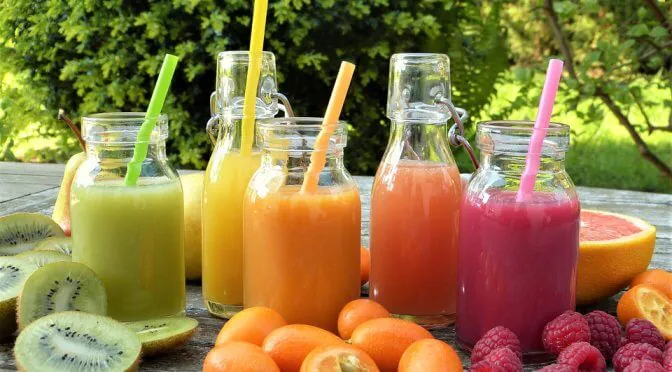For years, Juice has been the drink of choice in the US, with many American households consuming at least one glass per day.
However, the juice market and juice bar industry in the US has reached maturity and full saturation—grocery store shelves and freezers are packed full of every flavor and variety imaginable. That, combined with a lot of criticism of the health claims that have so long accompanied juice marketing are leading to slow growth of juice in the US.
And while the numbers aren’t in the negatives yet—innovative new flavours, novel packaging and premiumization will help bolster growth—the market is expected to barely eke out a 1.48% CAGR by 2019.
The slow market growth is partly due to a number of challenges impacting the juice market in the US.
Criticism of misleading claims
Consumers are starting to wise up about what they put in their bodies, which is leading to more scrutiny of food labels, and more criticism of the seriously limited information that juice vendors provide about their products.
Even juices labelled as ‘all natural’ are still chock full of sugar, which has prompted many consumer to look elsewhere for everyday beverages.
Intense competition
The juice market in the US is dominated by a few key players, and the competition among these vendors is intense—Coca Cola, PepsiCo, Dr Pepper Snapple, and Citrus World are just a few of the heavy hitters offering products in the market.
Consumers are faced with too many choices, which makes it difficult for vendors to really obtain any customer loyalty. To compound this, fluctuations in the cost of raw materials often force vendors to play with the price of their products in order to maintain profit margins, and inconsistent prices are hardly endearing customers to these big brands.
Competition from substitutes
Vendors in the juice market aren’t just dealing with competition from other commercial juice brands— they also face tough competition from local vendors, private labels, and fresh juice parlors.
On top of that, alternative beverages like sports drinks, flavored water, green tea, and packaged iced tea are also getting popular because of health claims associated with these products.
Rise in cost of raw materials
On the manufacturing side of things, the price of raw materials including fruits, vegetables, and aluminum, plastic, and paper used in the manufacture of packaging are a moving target.
Since 2014, drought in California has drove the price of fruits and vegetables up by 6%, and citrus disease in Florida spurred a 22.5% increase in the price of citrus fruit, which had a knock-on effect on juice prices.
And it’s not just juice ingredients that are getting more expensive. Plastic resins, aluminum and paper are also getting pricier, which increases the manufacturing costs of juice. In some cases, manufacturers have tried to deal with these price increases by experimenting with cheaper substitutes, however this doesn’t always appeal to customer.



